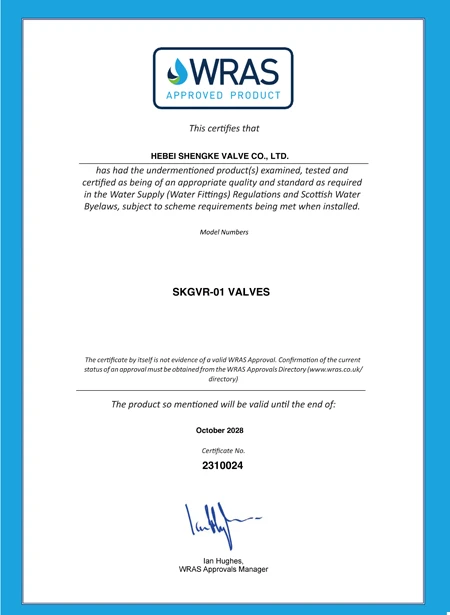ኅዳር . 20, 2024 10:40 Back to list
gate valve
Understanding Gate Valves Design, Functionality, and Applications
Gate valves are critical components in various industrial and municipal applications, designed to regulate and control the flow of fluids in pipelines. Their primary function is to open or close the flow of liquid or gas, making them essential for operations that require full flow with minimal resistance. This article delves into the design, functionality, and diverse applications of gate valves, highlighting their significance in modern engineering.
Design and Construction
Gate valves are characterized by their unique structure, which consists of a valve body, gate (or wedge), seats, and a bonnet. The gate, typically a rectangular or wedge-shaped disc, moves up and down to control fluid flow. When the valve is fully open, the gate is elevated above the flow path, providing minimal flow resistance and virtually no obstruction to the liquid or gas traveling through the pipeline.
Materials used in gate valve construction vary widely, often including cast iron, stainless steel, bronze, and PVC, depending on the application and the type of fluid being transported. The choice of material is crucial to ensure durability and resistance against corrosion, especially in harsh environments.
Operating Mechanism
Gate valves operate through a simple linear motion, where a handwheel or actuator turns a threaded stem, moving the gate in and out of the flow path. This straightforward mechanism allows gate valves to open and close fully, making them ideal for applications requiring either complete shut-off or full flow. It is important to note that gate valves are not designed for throttling purposes; partial opening can lead to erosion and wear on the gate and seats.
Advantages of Gate Valves
gate valve

One of the primary advantages of gate valves is their ability to provide a straight-through flow with minimal pressure drop, making them highly efficient for systems where low friction losses are critical. Additionally, their full-port design ensures that they can accommodate a high flow capacity, making them suitable for large diameter pipes. The aesthetic aspect is also notable, as gate valves can easily be integrated into various piping systems without taking up excessive space.
Another significant benefit is their reliability. When properly maintained, gate valves can operate effectively for many years, making them a cost-effective solution for long-term installations. Furthermore, the straightforward design allows for easy operation and maintenance, contributing to their popularity in various sectors.
Applications
Gate valves are widely used across different industries, including water treatment facilities, oil and gas exploration, chemical processing, and HVAC systems. In municipal water systems, they play a crucial role in isolating sections of the pipeline for maintenance, ensuring that service interruptions are minimal.
In the oil and gas industry, gate valves are employed to control the flow of hydrocarbons, often in high-pressure and high-temperature applications. They are instrumental in ensuring safety and efficiency in pipelines, tank farms, and storage facilities.
Chemical processing plants utilize gate valves to handle a variety of fluids, often involving aggressive chemicals that require specific material compositions to prevent degradation. Their resilience and adaptability make them indispensable in such environments.
Conclusion
In summary, gate valves are essential components of fluid control systems, offering efficiency, reliability, and versatility. Their design caters to the need for minimal flow resistance, making them a preferred choice in various applications. As industries continue to evolve, the role of gate valves remains critical in ensuring the smooth and efficient operation of fluid transport systems, underscoring their importance in modern engineering and infrastructure.
Share
-
Reliable Wafer Type Butterfly Valves for Every IndustryNewsJul.25,2025
-
Reliable Flow Control Begins with the Right Ball Check ValveNewsJul.25,2025
-
Precision Flow Control Starts with Quality ValvesNewsJul.25,2025
-
Industrial Flow Control ReliabilityNewsJul.25,2025
-
Engineered for Efficiency Gate Valves That Power Industrial PerformanceNewsJul.25,2025
-
Empowering Infrastructure Through Quality ManufacturingNewsJul.25,2025